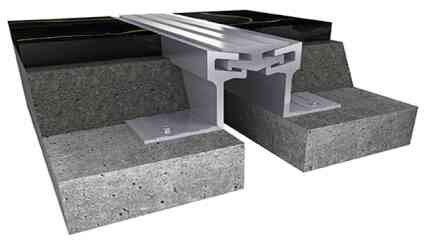Expansion and Subsidence Joints:
In this article, we will take a deep dive into expansion and subsidence joints in architectural engineering. We will explore their importance, how they work, installation locations, and key considerations when choosing and designing them.
Expansion and subsidence joints: What are they and how do they work?
Expansion and subsidence joints are engineering elements designed to allow for the expansion and contraction of construction materials due to changes in temperature, humidity, and other environmental factors. These joints help prevent cracking and damage in buildings and structures, improving their stability in the long run.
Installation locations for expansion and subsidence joints:
Importance of expansion and subsidence joints:
Installation locations for expansion and subsidence joints:
In conclusion, expansion and subsidence joints are vital elements in the construction of buildings and structures. They play a crucial role in maintaining the stability and durability of structures in the long term. Through proper design and precise installation, these joints can reduce distortions and damage, ensuring the safety of buildings in various conditions. Therefore, engineers and contractors must pay close attention to carefully selecting and installing expansion and subsidence joints to maintain the quality of buildings and the safety of occupants alike.
